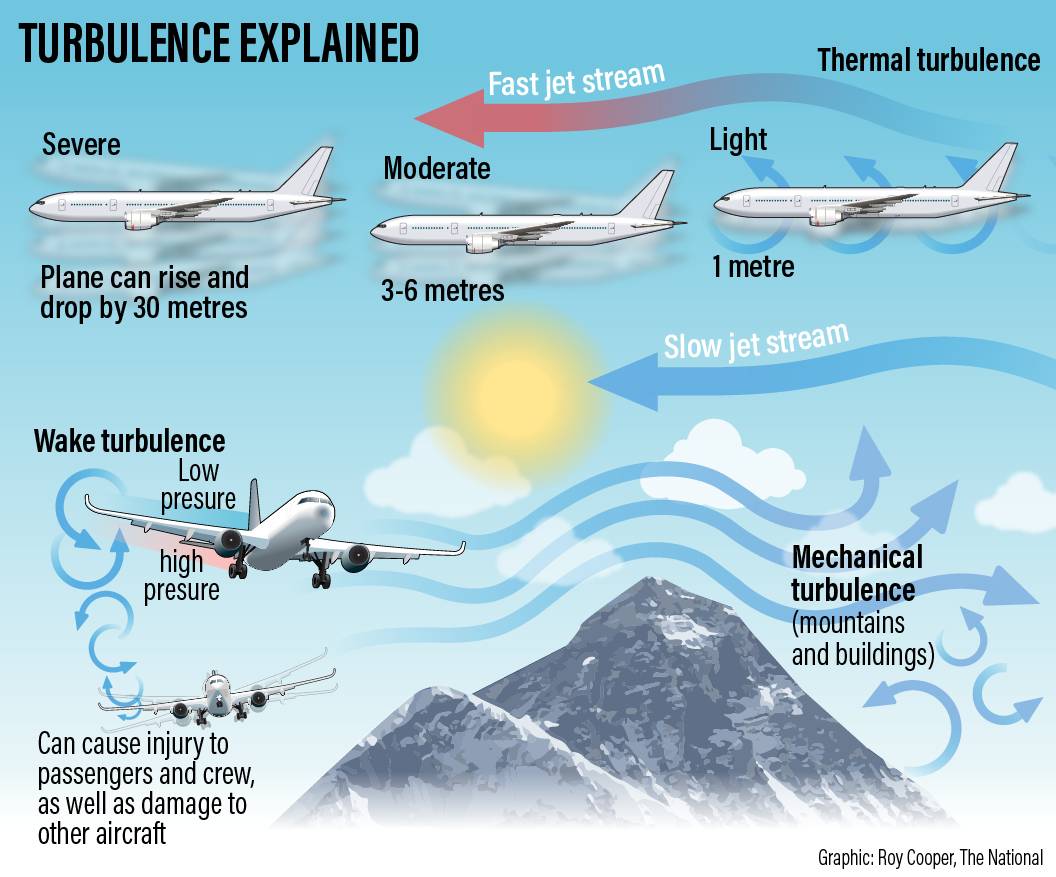Title: Navigating the Bumps: Understanding Airplane Turbulence
Introduction
Airplane turbulence is a common phenomenon experienced during flights that often sparks fear and discomfort among passengers. However, turbulence is a natural occurrence in the atmosphere and is a crucial aspect of aviation safety. Understanding the causes, types, and effects of turbulence can help passengers alleviate their concerns and enable pilots to navigate through it effectively.
What Causes Turbulence?
Turbulence is primarily caused by disturbances in the atmosphere, such as changes in air pressure, temperature, and wind patterns. Some common triggers include:
1. Convective Turbulence: Caused by rising currents of warm air, often experienced during thunderstorms or in areas of uneven heating.
2. Clear Air Turbulence (CAT): Occurs at high altitudes in clear skies, often associated with the jet stream or strong wind shear.
3. Mechanical Turbulence: Generated by the airflow around mountains, buildings, or other large structures.
Types of Turbulence
Turbulence can be categorized into several types based on its intensity and characteristics:
1. Light Turbulence: Causes slight, erratic movements of the aircraft, similar to driving on a bumpy road.
2. Moderate Turbulence: Results in more pronounced changes in altitude and airspeed, leading to discomfort but rarely causing injury.
3. Severe Turbulence: Involves violent and unpredictable movements, potentially causing injuries to passengers and crew and structural damage to the aircraft.
Effects on Aircraft and Passengers
While turbulence can be unsettling, modern aircraft are designed to withstand even the most severe turbulence encounters. Pilots receive extensive training to anticipate and mitigate turbulence, ensuring the safety and comfort of everyone on board. However, turbulence can still lead to:
1. Motion Sickness: Some passengers may experience nausea or discomfort during turbulent conditions.
2. Anxiety: Fear of turbulence is common among passengers, but understanding its nature can help alleviate anxiety.
3. Spilled Drinks and Loose Items: Sudden movements can cause drinks to spill and unsecured items to shift, so it's essential to keep belongings stowed properly.
Safety Measures and Precautions
To minimize the impact of turbulence, passengers can take several precautions:
1. Seatbelt Safety: Keeping seatbelts fastened at all times, even when the seatbelt sign is off, is the most effective way to stay safe during turbulence.
2. Listen to Crew Instructions: Following instructions from the flight crew ensures orderly and safe conduct during turbulent conditions.
3. Choose the Right Seat: Seats over the wings tend to experience less movement during turbulence, offering a smoother ride.
Conclusion
Airplane turbulence is a natural occurrence that is an integral part of flying. While it can be unsettling, understanding its causes, types, and effects can help passengers feel more at ease during flights. With proper safety measures and precautions in place, turbulence poses minimal risk to the safety and comfort of passengers and crew alike.
This article provides an overview of airplane turbulence, covering its causes, types, effects, safety measures, and precautions for passengers. Let me know if you need more information on any specific aspect!


